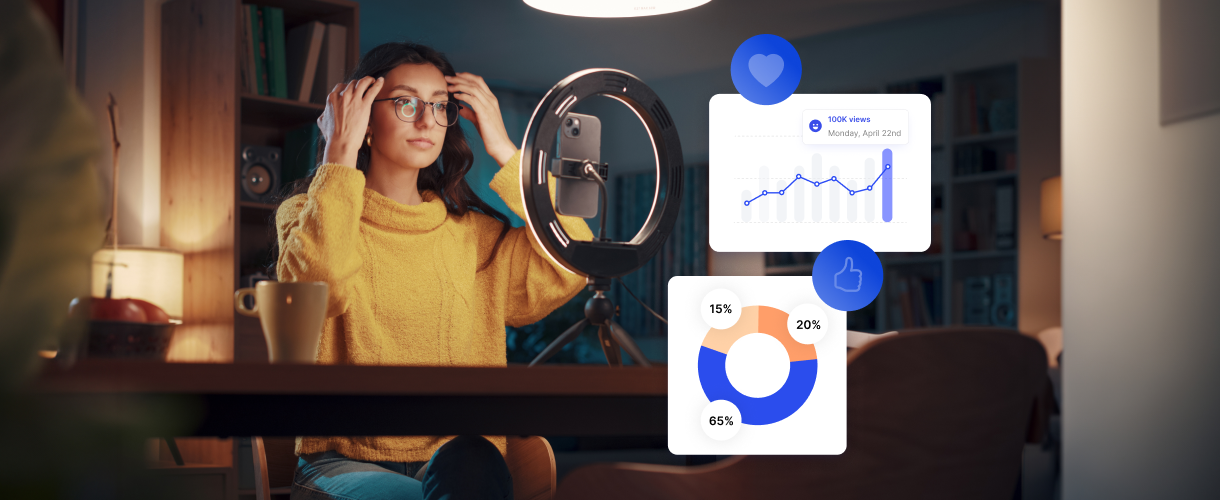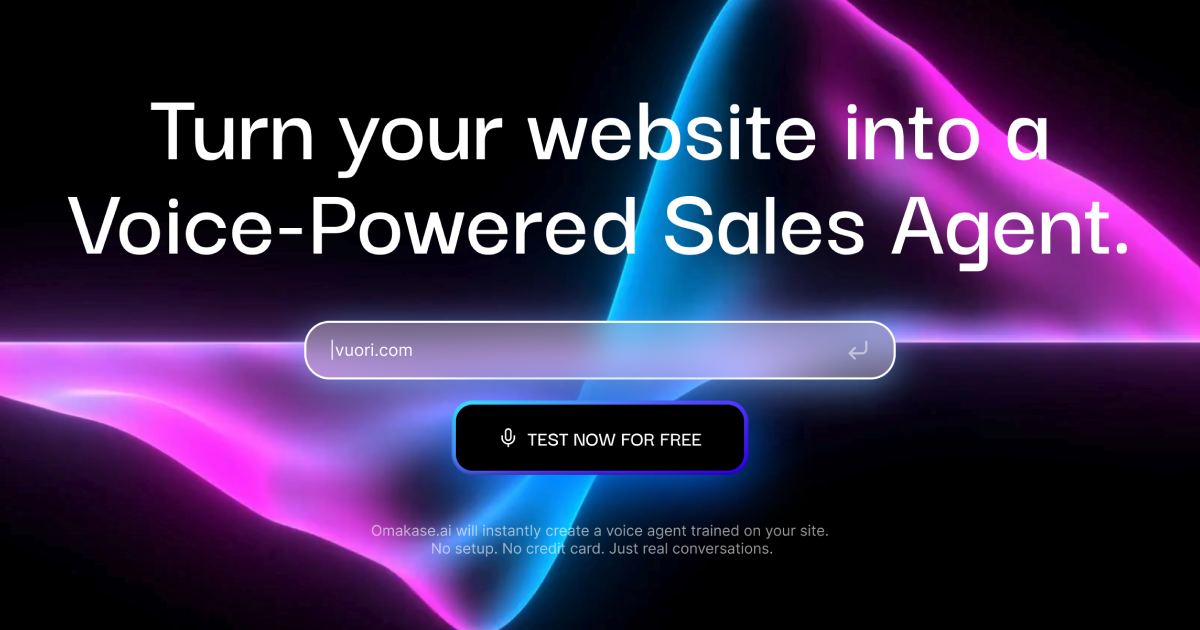One of the biggest mistakes eCommerce and marketing teams make is not a lengthy check out process or lack of audience understanding.
These are important components, and are always evolving.
The real missed opportunity is not investing in influencer marketing. And if you’re not thinking about Instagram influencer marketing for 2025 and beyond, you’re behind the curve.
In 2025, it is projected that 86% of marketing teams will use influencer marketing because people trust people. The majority of consumers discover, research, and purchase products on social media—primarily through influencers.
With marketing budgets shifting and the need to do more with less, using influencers can help take a load off your plate while expanding reach, growing brand recognition, and ultimately driving sales.
Whether you’re a new social media manager or a seasoned pro, here’s how you can maximize your influencer marketing spend to see a strong return on investment.
What is Influencer Marketing?
Influencer marketing is a type of social media marketing that involves endorsements and product placements from individuals who have a dedicated social following and are viewed as experts within their niche. These individuals, known as influencers, use their credibility and reach to promote brands to their audience, creating a more authentic connection than traditional advertising methods.
Micro-Influencers vs. Macro-Influencers
Understanding the differences between micro-influencers and macro-influencers is crucial for maximizing your influencer marketing efforts.
Micro-Influencers (or nano-influencers)
- Follower Count: 1,000 to 100,000 followers.
- Engagement: Generally higher engagement rates due to a closer relationship with their audience.
- Cost: More affordable than macro-influencers, making them ideal for brands with smaller budgets.
- Niche Expertise: Often have a strong influence within specific niches.
Macro-Influencers
- Follower Count: 100,000+ followers.
- Engagement: Lower engagement rates compared to micro-influencers but can reach a larger audience.
- Cost: Higher fees, reflecting their larger reach and influence.
- Broad Appeal: Suitable for campaigns aiming for mass awareness.
Why Brands Should Use Influencer Marketing
Brands should consider influencer marketing for several reasons:
- Authenticity and Trust: Influencers have built strong relationships with their followers, who trust their recommendations. This trust can translate into higher conversion rates for brands. Nielsen tells us that 90 percent of consumers deeply trust recommendations of their peers. And only 33 percent trust ads.
- Targeted Reach: Influencers cater to specific niches, allowing brands to target their marketing efforts more precisely and reach the right audience.
- Content Creation: Collaborating with influencers provides high-quality, user-generated content that can be repurposed across various marketing channels.
- Cost-Effectiveness: Compared to traditional advertising, influencer marketing can be more cost-effective, especially when working with micro-influencers.
Fun Fact: According to Influencer Marketing Hub, businesses make $5.78 for every dollar spent on influencer marketing. That’s a nice return on investment!
When to Consider Using Influencer Marketing
Influencer marketing can be particularly effective in the following scenarios:
- Launching a New Product: Generate buzz and excitement by having influencers introduce your new product to their followers.
- Entering a New Market: Tap into an influencer’s established audience to gain a foothold in a new market.
- Boosting Brand Awareness: Increase your brand’s visibility and reach through influencer collaborations.
- Engaging with a Younger Audience: Reach millennials and Gen Z, who are more likely to trust and engage with influencers than traditional advertising.
Influencers with Gen Z and Millennials
Gen Z and millennials are digital natives who spend a significant amount of their time online, especially on social media platforms. These generations are not only tech-savvy but also highly skeptical of traditional advertising. They value authenticity and are more likely to trust recommendations from influencers they follow over brand advertisements.
- Gen Z: This generation, born between 1997 and 2012, has grown up with social media. According to a study by Kantar, 70% of Gen Z follow at least one influencer on social media, and they are more likely to make purchasing decisions based on influencer recommendations.
- Millennials: Born between 1981 and 1996, millennials are also heavily influenced by social media. A survey by Millennial Marketing found that 58% of millennials are more likely to make a purchase based on influencer recommendations. This generation values experiences and authenticity, making influencer marketing a powerful tool to reach them.
Now, here’s how to maximize your influencer marketing efforts.
1. Start with Clear Goals
First things first, know what you want to achieve. Are you aiming to boost brand awareness, drive sales, or get more engagement? Setting clear goals will help you craft a focused strategy and measure your success accurately.
Did you know?
- Nearly 90% of marketers say that influencer marketing’s ROI is comparable to or better than other marketing channels.
2. Choose the Right Influencers
Not all influencers are created equal. You want to collaborate with those who align with your brand values and have an engaged audience that matches your target market. Look beyond follower count and consider engagement rates, content quality, and audience demographics.
Pro tip: Micro-influencers (those with 1,000 to 100,000 followers) often have higher engagement rates and can be more cost-effective than big-name celebrities.
3. Build Genuine Relationships
Influencer marketing works best when it’s authentic. Instead of one-off transactions, aim to build long-term relationships with influencers. This not only fosters trust but also ensures that their endorsement of your brand feels genuine.
Real talk: Audiences can smell inauthenticity from a mile away. Genuine partnerships lead to better engagement and trust from their followers.
4. Co-Create Engaging Content
Collaborate with influencers to create content that resonates with their audience while staying true to your brand. Give them creative freedom to ensure the content feels natural and authentic.
Fun fact: Posts that include videos or stories often get higher engagement rates. Instagram Stories, for instance, are a popular format for influencers to connect with their audience in a more personal way.
5. Use Multiple Platforms
Don’t put all your eggs in one basket. Use a mix of platforms like Instagram, YouTube, TikTok, and blogs to reach a broader audience. Each platform has its unique strengths, so tailor your strategy accordingly.
Stat attack: Instagram remains the top platform for influencer marketing, but TikTok is quickly catching up with its highly engaged user base.
6. Track and Measure Performance
To truly maximize your efforts, you need to track your campaigns and analyze the data. Use tools like Google Analytics, social media insights, and influencer marketing platforms to measure performance against your KPIs.
Numbers to note:
- Track metrics such as engagement rates, reach, conversions, and click-through rates.
- A study by Linqia found that 39% of marketers plan to increase their influencer marketing budget because of its effectiveness.
7. Adapt and Optimize
The digital landscape is always evolving, and so should your strategy. Continuously analyze your results and be ready to tweak your approach based on what’s working and what’s not.
Quick tip: Stay updated on the latest trends and be flexible. Influencer marketing isn’t a set-it-and-forget-it game.
Running a Giveaway with an Influencer
One effective way to amplify your brand presence and engage with a larger audience is through influencer-led giveaways. Imagine an influencer running a giveaway campaign on Instagram Stories, offering their followers a chance to win your product. But how do you make this even more impactful? Enter ZEALS.
By using ZEALS, you can monetize the influencer’s Story campaign in real-time. With a seamless chat feature link, you can engage instantly with their followers, providing a direct line of communication and driving immediate action.
Benefits:
- Track effectiveness: Monitor how well the giveaway is performing in real-time.
- Attract new followers: Increase your brand’s reach by tapping into the influencer’s audience.
- Build relationships: Engage with new followers directly through chat, strengthening brand loyalty.
- Capture first-time customers: Convert giveaway participants into paying customers.
- Improve engagement metrics: Boost likes, comments, and shares on your posts.
- Increase CTR and drive conversions: Use the chat feature to guide followers to your website, increasing click-through rates and sales.
Instagram Influencer Marketing
Instagram is a powerhouse for influencer marketing, especially with its Stories feature. By combining the visual appeal of Stories with the interactive nature of ZEALS’s chat functionality, you can create a dynamic and engaging campaign that not only attracts but also retains new followers.
By setting clear goals, choosing the right partners, creating engaging content, using multiple platforms, and continuously measuring and optimizing your efforts, you can maximize your influencer marketing success.












